Located at an altitude of 1,200m above sea level, Lung Van in Tan Lac District looks like a fairyland amidst white clouds so it has another name, the Cloud Valley. Lung Van is considered “The Roof of Muong Bi,” one of the four major and the most ancient cultural cradles of the Muong ethnics in Hoa Binh Province, including Muong Bi, Muong Vang, Muong Thang and Muong Dong.
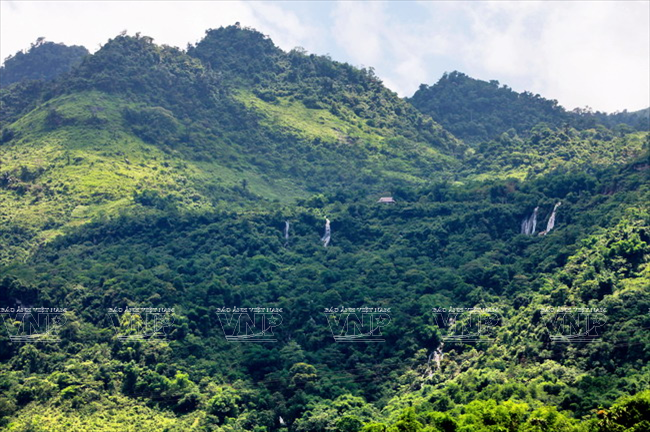
From May to July, Lung Van has hundreds of streams and waterfalls pouring from the peak of mountains, forming imposing
scenery in Lung Van. Photo: Viet Cuong/VNP
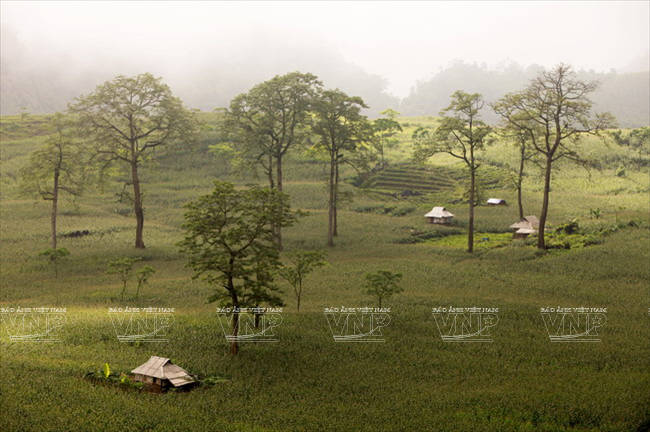
Bi trees in the “De dat, De nuoc” (Land and Water) epic
of the Muong ethnic people in Lung Van. Photo: Viet Cuong/VNP
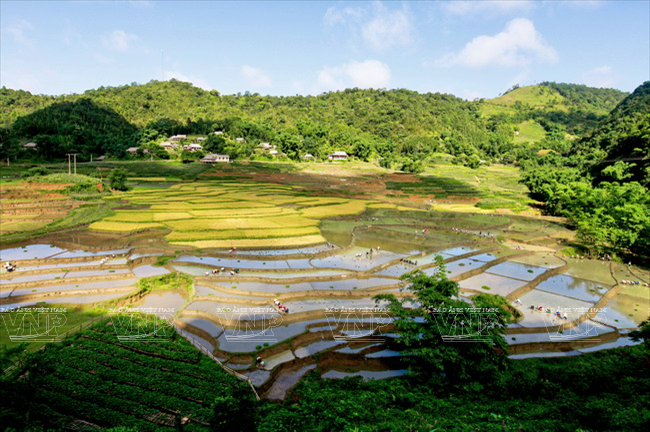
The terraced fields in Lung Van look like “A Giant Mirror of Muong Bi”. Photo: Viet Cuong/VNP

Lung Van, known as the cloud valley, fascinates any visitor. Photo: Viet Cuong/VNP

The Muong people in Lung Van still preserve many typical cultural features, especially their traditional costume.
Photo: Viet Cuong/VNP
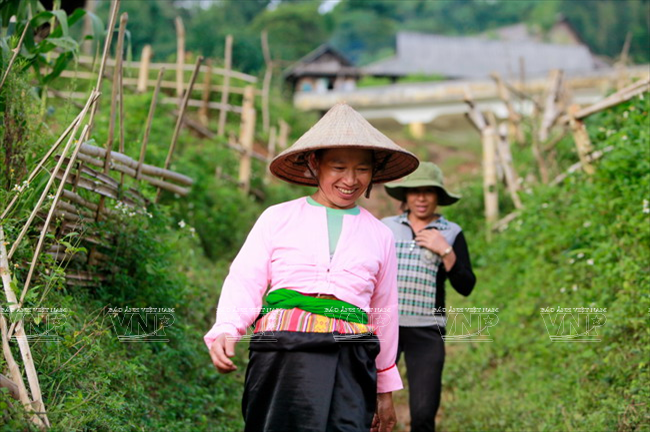
The Muong people in Lung Van are hospitable, friendly and close with nature. Photo: Viet Cuong/VNP
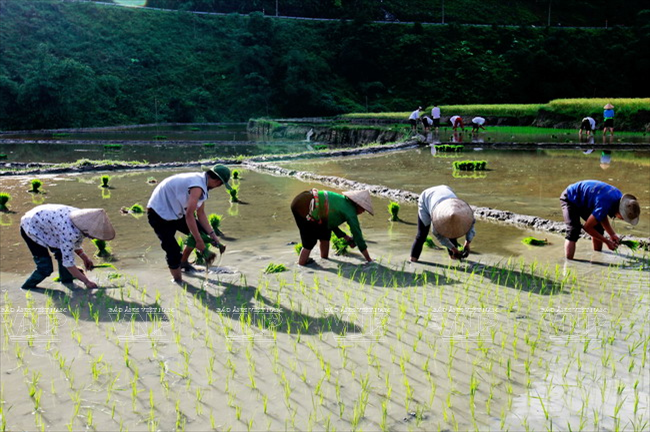
Rice planting season in Lung Van. Photo: Viet Cuong/VNP
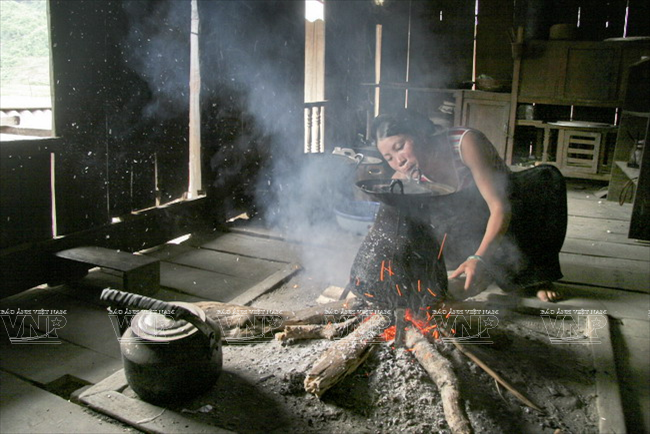
The daily life of the Muong ethnic people in their stilt houses. Photo: Viet Cuong/VNP
According to the “Land and Water” epic of the Muong ethnic people in Hoa Binh, Lung Van was once a peaceful village which was then completely destroyed by a devastating flood and no one survived after the flood except for a couple who was saved by being stuck in a giant tree, called Bi. The tree had deep roots in 9 rivers and ten mountains so it was not swept away. Having no place to live, the couple built a tent under the tree to live and they reclaimed new land for farming, tamed wild animals for raising, made containers to get water and then established a hamlet and named it after the tree to show their gratitude to the tree that saved their lives. The present-day Muong Bi is a vast mountainous area of many communes in Tan Lac District and Lung Van is the highest place where the Muong ethnic people are living and it is believed to be the place where the Bi tree grew.